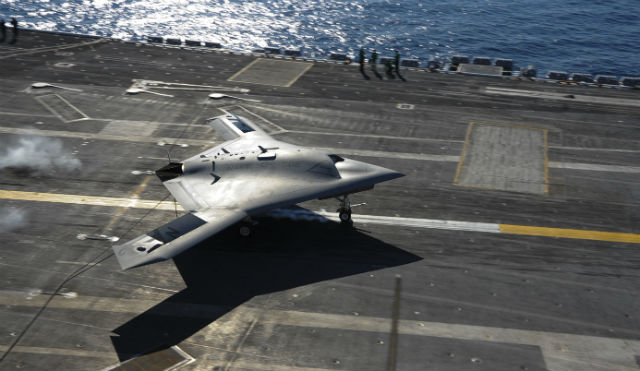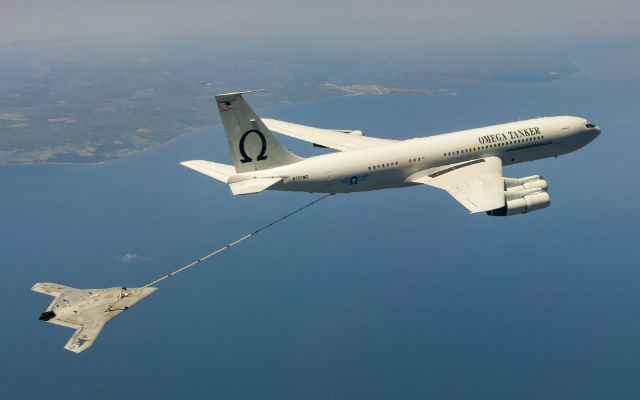The long-running debate over the mission of the US Navy's carrier-launched unmanned surveillance and strike aircraft might have set the "UCLASS" competition back few years, but the maritime force's acquisition chief says getting the requirements right from the beginning is vital.
“This programme is in acquisition hell right now. It’s been inside the building for three years, just trying to get out and see the light of day,” Navy assistant secretary Sean Stackley said at a Navy League forum in Washington 9 September. “We’ll debate on it some more this fall (September to November) with OSD to determine whether or not we have the right programme, not just for the navy, but the nation.”
With many conflicting views and opinions about the role of the aircraft, Stackley says once the requirements question is settled, the programme will have a much better chance of delivering the carrier-based UAV the navy needs to maintain its technological edge.
“It will be five to 10 years before [UCLASS] is operational, and then it will be flying for another 20 to 25 years. We’ve got to get it right,” he says. “We’re all being patient. Industry is being patient. The navy views this as a critical programme and we’ve got to leverage what unmanned offers to our [carrier] air wing sooner rather than later.”
The navy’s 2014 UCLASS concept “emphasized affordability, timely fielding and endurance, while deemphasizing the need to operate in highly contested environments,” according to the Government Accountability Office. The revised requirements will either ratify that sentiment or shift to an aircraft optimised for high-end warfighting, perhaps at the expense of range and technological maturity.
Congress is also part of the debate, with some members like Senator John McCain claiming the draft requirements released in 2014 placed too much emphasis on unrefuelled endurance for long-range surveillance at the expense of survivability and internal weapons payload capacity.

Northrop's X-47B demonstrator landing on the USS Theodore Roosevelt aircraft carrier during sea trials.
US Navy
A request for proposals release to launch the competition is now expected in 2016 pending an ongoing top-level requirements review by the Office of the Secretary of Defence (OSD). The navy has pushed back the anticipated fielding date for UCLASS to 2023.
An OSD spokeswoman tells Flightglobal that the top-level review will inform the Pentagon’s fiscal year 2017 budget submission to Congress in February 2016. She would not discuss when the review would be complete or any of the preliminary results.
Asked how UCLASS was being factored into the navy’s 2017 budget request, Stackley says a request for information has been issued to industry seeking an update on their respective programmes, and the feedback would influence ongoing budget discussions.
Regarding the Northrop X-47B, that programme culminated in an autonomous aerial refuelling demonstration in April, but the demonstrator aircraft remain in flyable standby status, the navy has confirmed.

The X-47B trials its autonomous air-to-air refuelling capability.
US Navy
Source: FlightGlobal.com



















